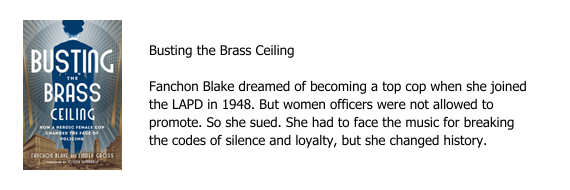Writing details can breathe life into your prose. But you have to choose the right details to focus on, and then use them judiciously. For starters, that means no laundry lists. Finding that one feature to focus on that’s as revealing as it is evocative will grab your reader, while the other approach will propel them into a fly-by as they skim right over your words. Come up with an imaginative way to emphasize elements that do more than just describe the visuals and you’ll really have something memorable.
The poet Emily Dickinson could have described her eyes as hazel. Instead, she described them as “the color of the sherry the guest leaves in the glass.” Did you get an instant visual with those words? I know I did. But I got so much more. That description also tells me about the kind of woman she was and the kind of life she led.
You would never use that analogy to describe a cowboy’s hazel eyes. It doesn’t fit. But you could describe them as the color of a worn saddle or pair of boots, thereby indicating that this is a working cowboy rather than an L.A. wannabe.
I talk a lot about using detail to make the reader feel like they’re experiencing what you’re writing about. But all writing details are not created equal. You want to highlight details that will help establish characters or settings in the reader’s mind.
In his upcoming book The Imperfect Storm: Navigating the Financial Seas of Retirement, financial planner Derek Reed recently wrote about telling his fisherman father that he wanted to be a businessman. Derek was just 8 years old at the time.
Dad was all for it. “I want you to start thinking about college because you are going to earn a better living with your head than with these,” he said after dinner, showing me his calloused, stubby hands.
That last bit not only put me in the room with young Derek and his Dad, they helped remind me of the years the latter had spent hauling line and wrestling with thousand-plus-pound swordfish.
My clients, friends and family all know how much I like a twofer. As with so many things, that holds just as true with writing as it does with life. So when considering what kind of writing details you want to add to your work, consider focusing on those elements that not only describe, but also reveal. A couple of years ago, I wrote a post about a very different kind of thesaurus that can help with that. The Rural Setting Thesaurus: A Writer’s Guide to Personal and Natural Places and The Urban Setting Thesaurus: A Writer’s Guide to City Spaces provide unparalleled ideas and examples of how to set the scene as well as the mood. For character descriptions, especially when it comes to unveiling feelings rather than talking about them, check out The Emotion Thesaurus: A Writer’s Guide to Character Expression.
Now go have some fun and show everyone how it’s done. Then tell me all about how you used those imaginative, multitasking writing details.




















0 Comments